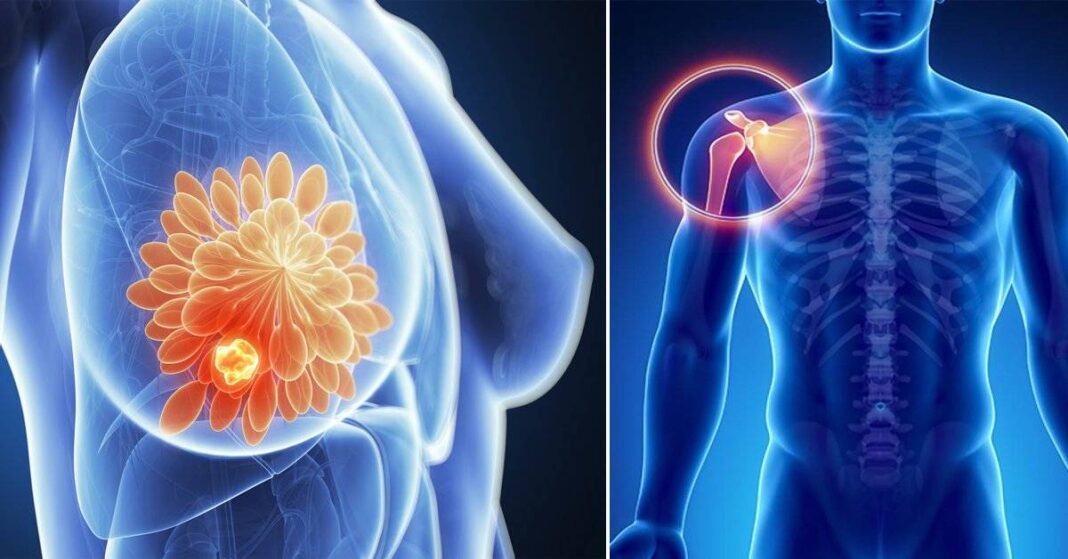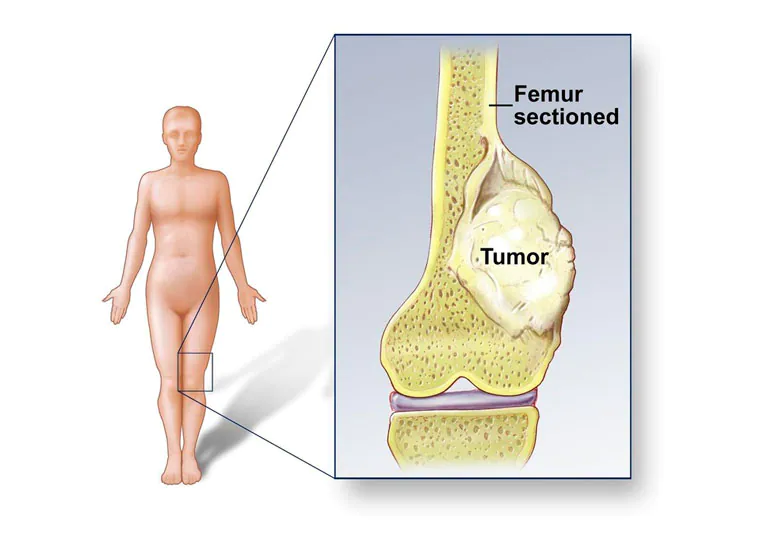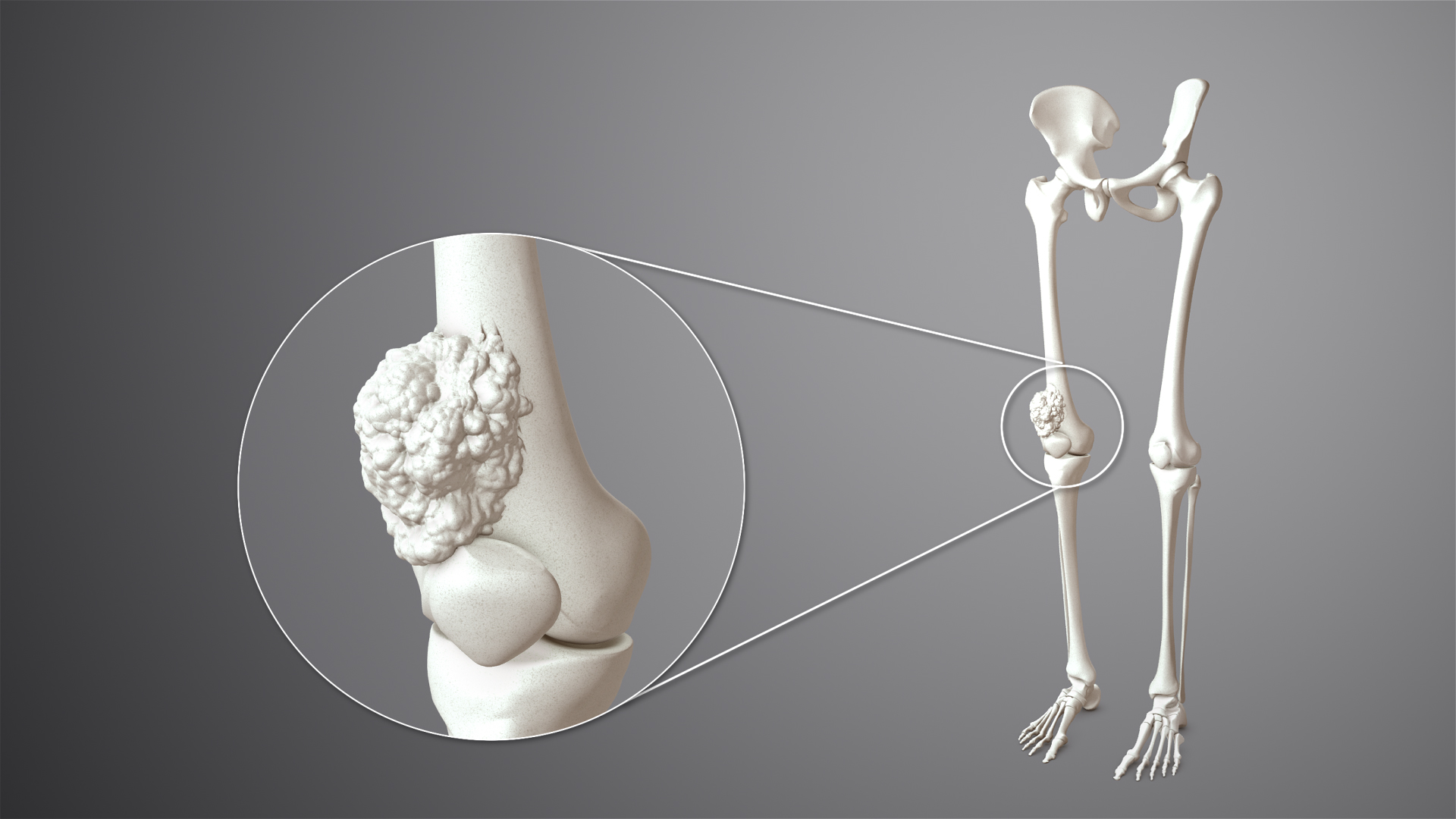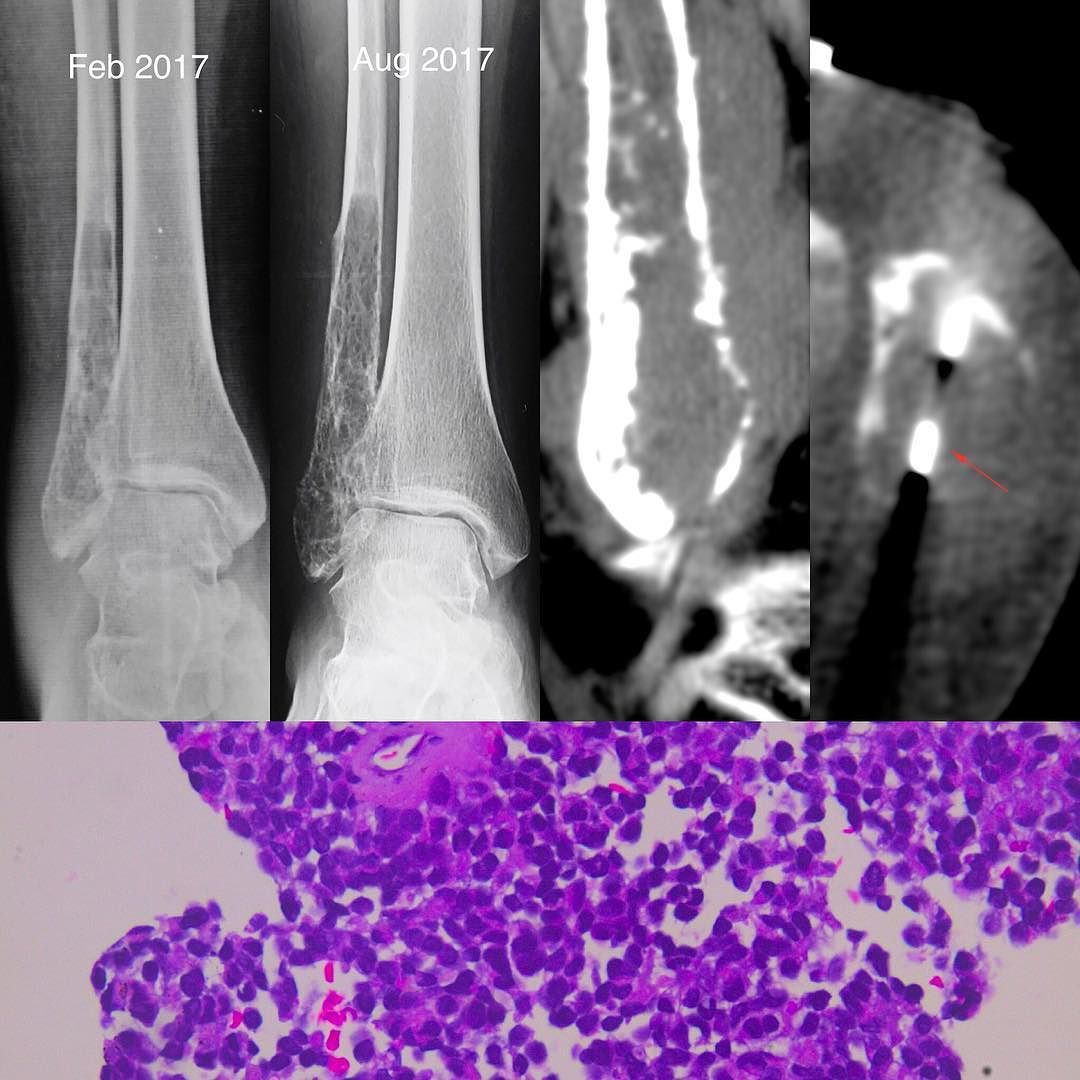Soft Tissue Sarcoma Cancer
What is Soft Tissue Sarcoma Cancer ?
Soft tissue sarcomas originate in the cells surrounding, connecting, or supporting various tissues in the body, including fat, blood vessels, muscles, tendons, nerves, and the linings around them, especially where they attach to bones. These cancer cells can occur anywhere in the body out of more than 50 different subtypes but are mostly found on the arms, legs, chest, and abdomen. Identifying this condition and its treatment can enhance outcomes and increase survival rates.
The point at which a tumor becomes malignant it begins growing rapidly. The role of our clinic in this regard is to provide comprehensive care for the patients after treatment.

Soft Tissue Sarcoma Cancer Treatments
The kind of soft tissue sarcoma treatment given to patients suffering from soft tissue sarcoma depends on the tumor’s stage and nature/location, as well as general health status.
Surgery: Most cases begin with surgery aimed at removing cancerous growths and healthy neighboring tissues to ensure no malignant cells remain.
Radiation Therapy: Shrinking the tumor before surgery takes place or completely eradicating the remaining cancer cells after surgery: Brachytherapy or external beam radiation therapy.
Chemotherapy: These drugs are only usable if it is known that they work well for a particular sarcoma or if the disease has already metastasized.
Targeted Therapy: This approach attacks specific genes, proteins, or tissue environments that support tumor growth and survival. The method can prevent cancer cell proliferation and migration while sparing normal tissues from damage.
Immunotherapy: It, therefore, engages either the body’s immune system by making it more aggressive against these cells or introduces some parts of the immune system to enhance its functions, such as synthetic antibodies, into the body.
Follow-ups are also very helpful in detecting a relapse. Early relapse through timely follow-ups. The above-mentioned soft tissue sarcoma treatments are the most effective. It is also important to note that follow-ups enhance early recognition of tumor reactivation. It will help identify any cases of quick recurrences.
Soft Tissue Sarcoma Cancer Diagnosis
Soft tissue sarcoma diagnosis requires examining a patient using clinical methods and precise imaging tests like
Physical Examination: Check for lumps/masses indicating a possible tumor.
Imaging Tests: For example, CT scans, MRIs, and PET scans help doctors visualize the size and location of the mass and whether it has spread elsewhere in the body.
Biopsy: There are several types (needle biopsy/surgical biopsy) depending on the location/size of the tumor. In this type of biopsy, a piece is extracted for examination under a microscope to confirm the presence of malignant cells, such as sarcoma. The type of biopsy depends on where in the body the tumor is found, as well as its size.
Genetic Tests: Some soft tissue sarcomas may be due to genetic mutations. Testing can help guide treatment decisions and diagnosis of soft tissue sarcoma.


Types of Soft Tissue Sarcoma Cancer
There are a variety of soft tissue sarcomas, which all originate from different tissues in the body. Some examples include
- Liposarcoma: The least aggressive type of sarcoma arising from fatty tissues like thighs or behind knees.
- Leiomyosarcoma: This deep-lying tumor grows in smooth muscle cells, particularly those along blood vessels inside the intestines, stomachs, and uteruses. It has a higher prevalence rate among adults but is challenging to diagnose since it is located deep within an organ.
- Synovial Sarcoma: This condition occurs near joints, and people sometimes confuse it with arthritis or bursitis. It is common among young adults, and if not treated early enough, it may spread further.
- Angiosarcoma: This is a rare type that affects either blood vessel linings or lymph vessels, although it can develop on any part of the body, including skin, breasts, liver, and spleen.
Signs and Symptoms of Soft Tissue Sarcoma Cancer
Signs and symptoms for soft tissue sarcomas also differ a great deal based on the tumor’s location
- One can see a lump or swelling, which may or may not hurt. A soft tissue sarcoma often starts with this kind of lump.
- Pain or tenderness caused by compressed nerves or muscles. The pain could worsen with activity or at night.
- There is less movement in the affected area. Joints near the tumors can limit motion.
- Some other symptoms, such as weight loss, fatigue, or fever, although rare, can be due to many other reasons.

